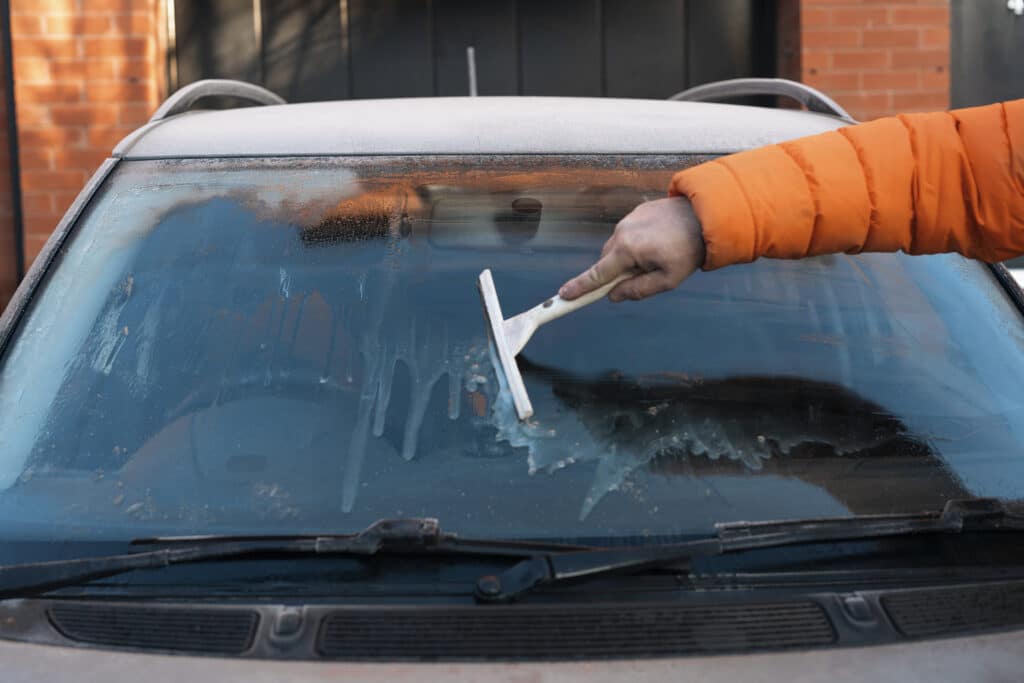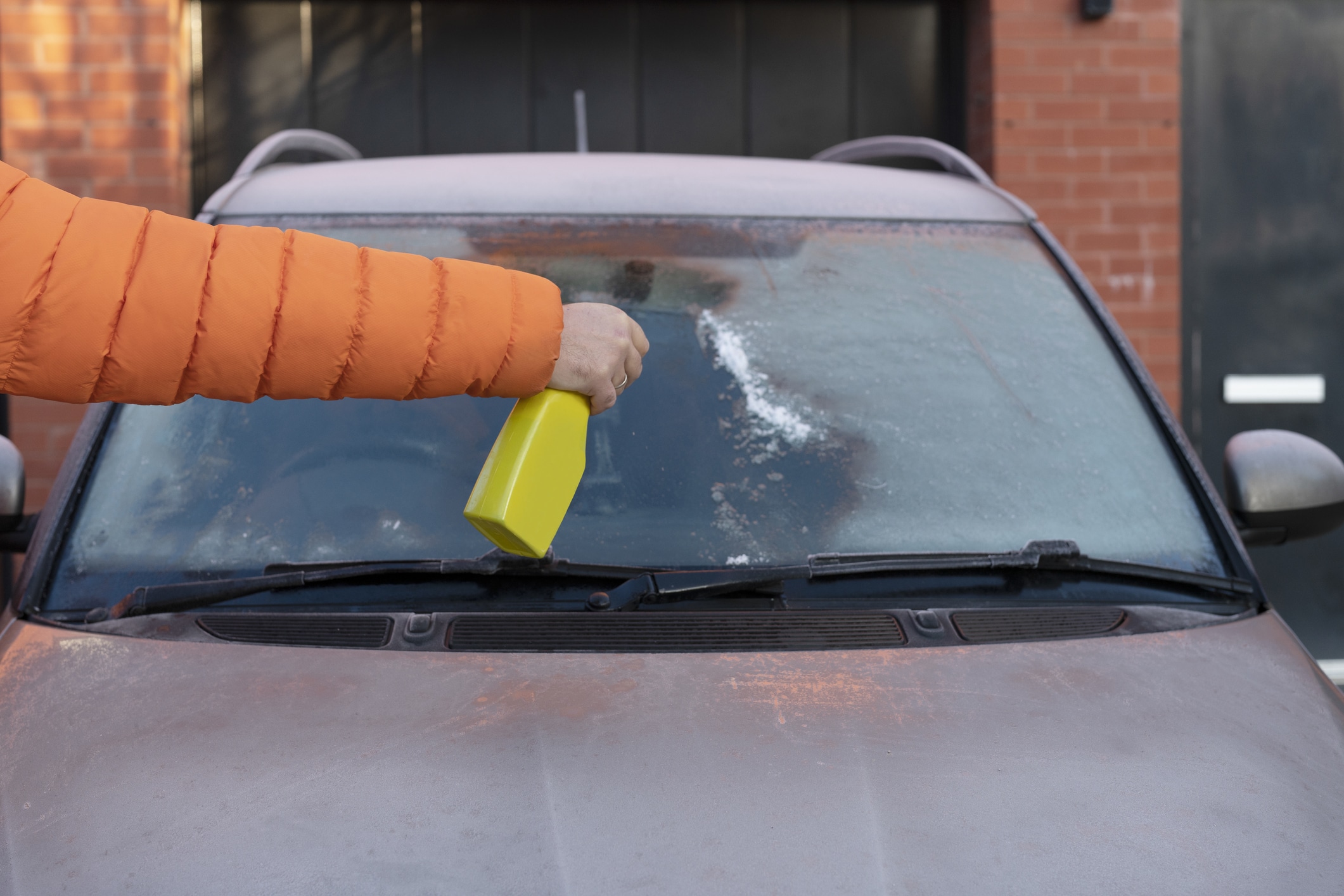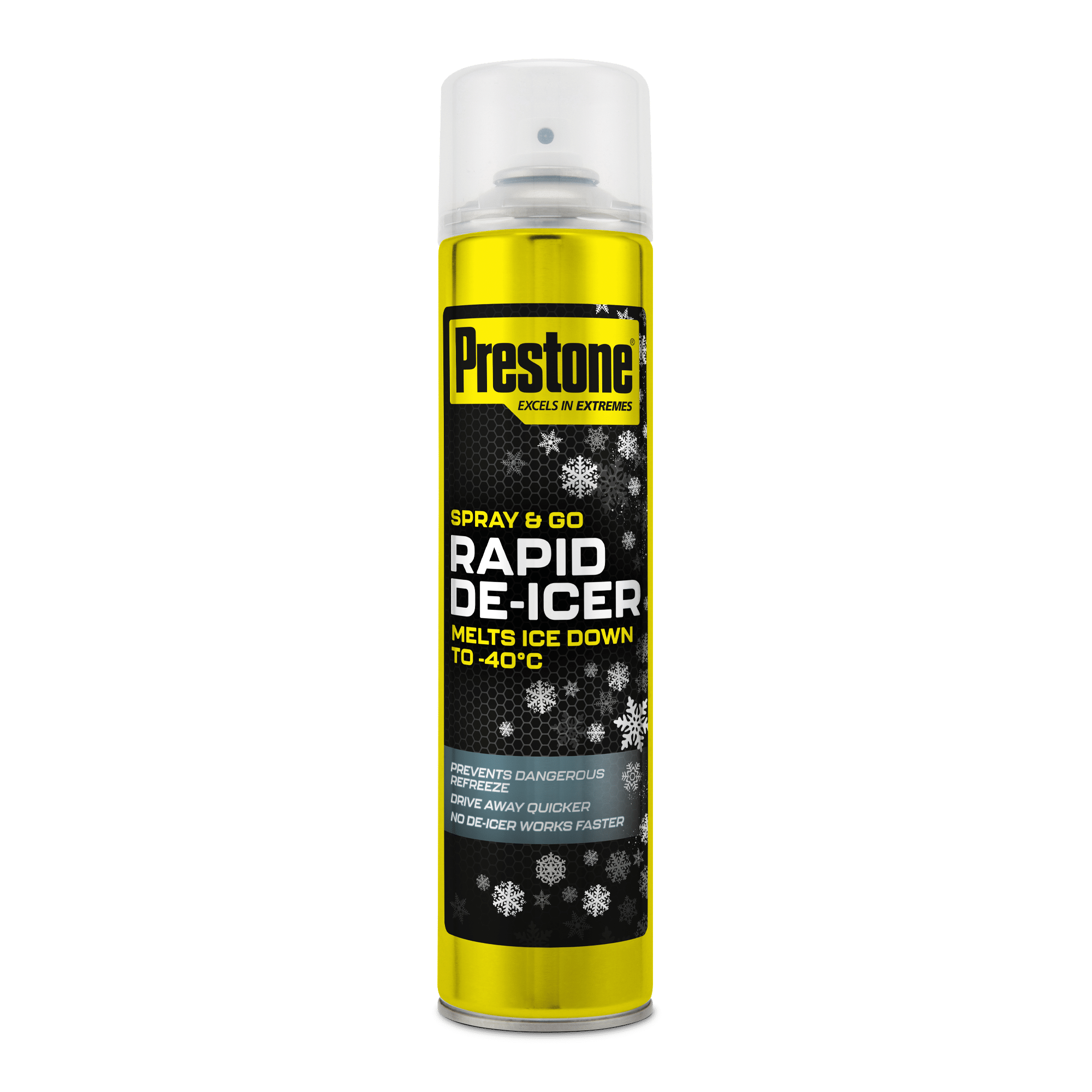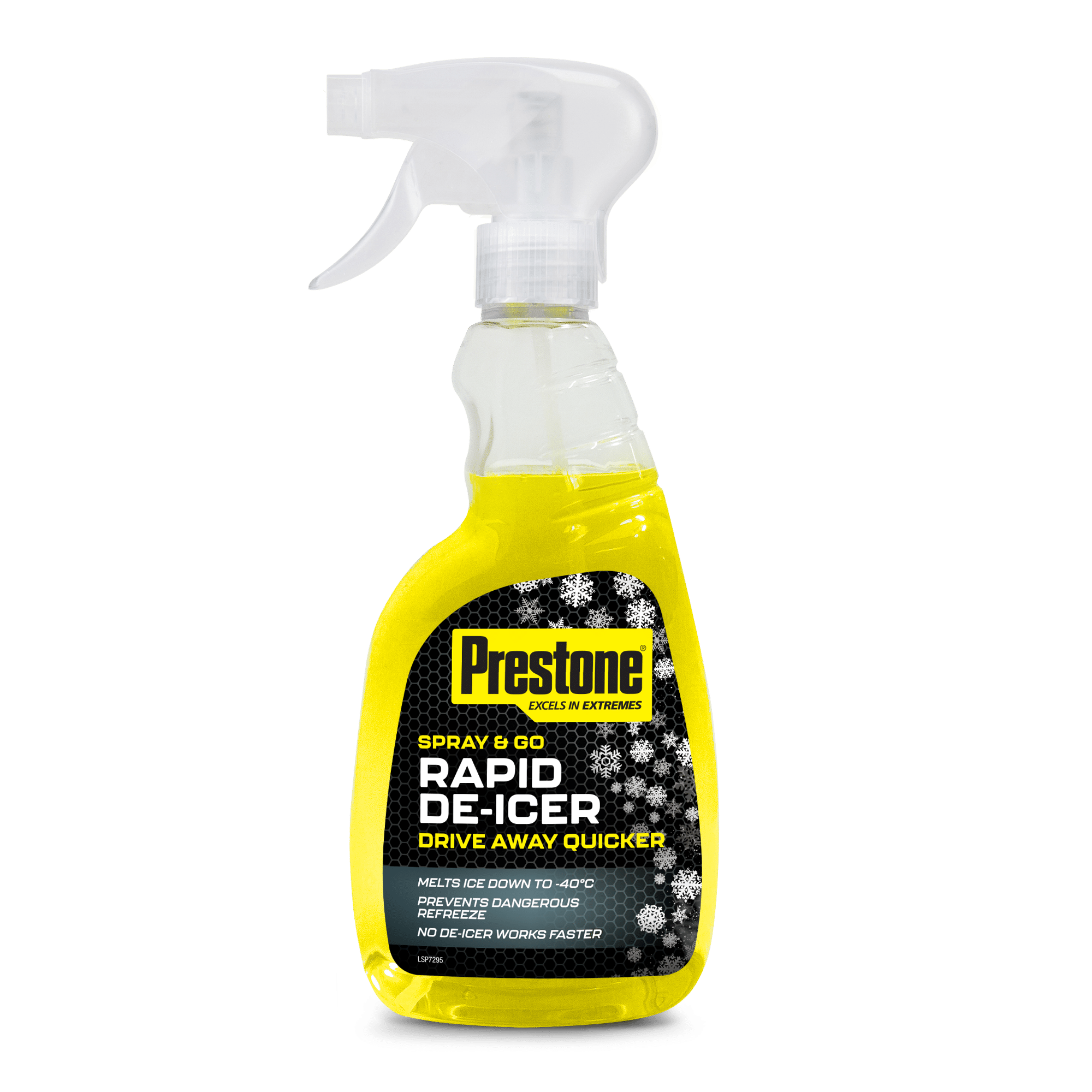During winter mornings, de-icer is an absolute must, shaving off valuable minutes and allowing you to get on the road quicker and safer. It’s the perfect way to clear your windscreen and windows and ensure clear visibility when driving in cold conditions.
In this blog, we’ll explore how de-icer works to cut through thick ice during the winter, what ingredients they use and whether all de-icers are created equal.
How does de-icer work?
In very simple terms, de-icer works by lowering the freezing point of the water that is frozen onto the windscreen by introducing ingredients that have lower freezing points.
By mixing these liquids, the freezing point of the water will be lowered and therefore the ice will turn back into a liquid on the windscreen.
Some de-icer will add dyes to the mix so that you can see where you’ve already sprayed.
What are the most important ingredients in de-icer?
The most important ingredient in any high-quality de-icer is the ingredient that raises the temperature above freezing, without it, the de-icer is almost useless.
The lower the freezing point of the active ingredient in de-icer, the lower the temperature the product will work. Prestone’s Rapid De-Icer works down to -40°C, so you can rest assured that Prestone has you covered even in extremes.
Do all de-icers perform in extreme temperatures?

In order to be effective, a de-icer must have a lower freezing point than the temperature outside. Most de-icers do not go down to extreme temperatures like Prestone’s De-Icers do.
Lowering the freezing point well below freezing will allow the de-icer to work quicker and more effectively than a de-icer that only has a freezing point of -10°C.
We’d recommend purchasing a high-quality de-icer that will work in extreme temperatures not only because it is likely to be quicker, but it will also save you a headache if the weather takes a turn and you’re stuck with a de-icer that cannot reach a low enough freezing point.
Does de-icer work when applied the night before?
If you’ve spent any time on the internet researching de-icer hacks, you’ll have probably come across suggestions that spraying de-icer on your windscreen the night before will help to stop it freezing. Well, this hack is partially true!
While spraying de-icer on the windscreen won’t entirely stop ice from forming, it can stop it from sticking to your windscreen and will make it easier to scrape off in the morning. In this regard, the de-icer acts as a physical barrier between the ice and your windscreen.
Using something like a windscreen cover will also act as a physical barrier, effectively preventing ice from forming on the windscreen.
De-icers are an incredibly effective way to clear ice from your windscreen, which is why they are so ubiquitous in petrol stations, supermarkets and corner shops.
We’ve shed some light on how de-icers work, and why Prestone is able to excel in extremes using high-quality ingredients that have an incredibly low freezing point.
For more help and advice, check out our help and advice hub.


